To subscribe to Equestrian Canada's notices regarding national and infectious diseases affecting horses, visit equestrian.ca/industry/health/disease.
WCVM Horse Health Sense: Impaction colic
Some horses are finicky drinkers at the best of times, and the transition between the fall and winter months can be a particularly challenging period. At this time of year, horses have a higher risk of developing impaction colic when their diets change from moist pasture grass to dry hay. Another contributing factor is changing weather: horses’ water bowls or tanks can potentially freeze overnight if there’s a cold snap or unexpected storm — causing a decrease in their water intake.
Impaction colic is a type of colic that’s like constipation in people and other species. When a horse doesn’t drink enough water, it causes the feces in the small colon to become very firm and dry. Over time, the feces get drier and harder, causing increased pressure in the intestine. In severe cases, these hard feces can cut off circulation in the horse’s intestinal walls.
If your horse is displaying signs of colic such as a disinterest in eating and drinking, pawing, sweating in patches, rolling and looking at their flank, call your veterinarian. Your vet will determine if colic is the problem by performing a rectal exam. If they feel a dry, hard mass of feed content, then it’s likely an impaction colic.
What can you do to prevent impaction colic?
• Ensure that your horse has access to a consistent water source that will not freeze over in colder temperatures.
• Since horses are less inclined to drink cold water, consider investing in a heated watering bowl or tank heater to keep the water temperature between seven and 18 C.
• Don’t rely on snow as an adequate watering method. Most horses don’t eat enough snow to meet their water requirements, resulting in dehydration and impaction colic.
WCVM Horse Health Sense: Fall laminitis
As lush green grass withers to crispy brown threads in the fall, it may seem like the risk of laminitis is low for the horses grazing in their pastures. Colder weather brings the risk of fall laminitis — especially for obese horses and those with a history of laminitis, metabolic syndrome or PPID (pituitary pars intermedia dysfunction).
What can horse owners do to prevent a surprise spell of fall laminitis?
• Call your veterinarian if your horse exhibits any signs of laminitis such as being reluctant to move, attempting to shift their weight off affected feet, or a pronounced digital pulse in the fetlock area.
• Limit fall pasture time for horses that are predisposed to laminitis.
• Remove horses from pasture when the overnight temperature is below 5 C
• After a cold night, keep horses off pasture for several days to allow the sugar levels in the grass to return to normal.
Learn more about preventing laminitis.
WCVM Horse Health Sense: Bale Net Wrap
Bale net wrap does a great job of preserving feed quality, but if your horse happens to eat remnants of the plastic wrap, it can cause some serious health issues. Dr. Alannah Friedlund, a veterinarian and large animal surgical resident at the Western College of Veterinary Medicine (WCVM), is seeing a growing number of horses that have ingested net wrap, and as a result, have developed colic.
Friedlund says awareness is critical for avoiding this serious issue, and she recommends following five safe feeding practices.
- Remove all net wrap from hay bales before feeding.
- Consider alternative feeding methods to make it easier to identify and remove potential hazards.
- Always remove net wrap before processing bales into chopped hay.
- Regularly check fields and paddocks for net wrap debris.
- Call your veterinarian if your horse shows any signs of colic.
For more details, read the article in #WCVM Horse Health Lines, newsletter for the Townsend Equine Health Research Fund. Read More.
What to do when you find stray livestock- By Ministry of Agriculture
Livestock usually leave the farm by way of truck and trailer. But sometimes, they leave on their own without the producer knowing, running at large and considered stray. If a stray is running at large, the owner must take immediate action to capture the animal as soon as they know it is at large. If the stray is a domestic game farm animal, fur farm animal or farmed wild boar, the owner must immediately report the escape to their game farm inspector. Read More.
SHF – MyLivestock Updates and Major Feature Release
In talks with SHF and community members, MyLivestock has agreed to create a Horse Manifest, which can be accessed simply by selecting Horse as one of your preferred species within MyLivestock. This manifest will make it easier to transport horses to fairs, rodeos, riding clinics and other similar events, and keep track of your movement history. Once the new Horse Manifest is available, horse owners will be able to use this feature to create simple manifests for non-inspected horse movements in Canada, without unnecessary commercial aspects commonly seen on manifest forms. Read More.
Conditioning your Horse
Conditioning Your Horse
Here are some tips from your Equine Health and Welfare Committee regarding conditioning your equine partner for the riding season:
- Before starting any physical training, do a thorough health assessment. This will ensure there are no unseen issues that may arise as you get to work. A healthy horse is the first step in building up good condition!
- Have their feet trimmed, and if necessary shod. Remember, “No hoof, no horse!”
- Start with low intensity, low volume exercises. As fitness improves, you can consider increasing either the volume or the intensity. Try not to do both at the same time.
- Ensure your equine’s nutritional consumption meets their physical activity level. Consult your veterinarian for information regarding nutritional and supplemental support!
Equine Guelph has programming and information available as well. Check out this link to a video about conditioning.
Equine Conditioning - Dr. Hilary Clayton
Canadian Animal Health Surveillance System (CAHSS)
CAHSS is a distinct division of Animal Health Canada, established in 2015. Their focus is on animal health information. Their website include surveillance tools and up to date disease outbreak information. For more information visit https://cahss.ca/cahss-networks/equine
Canadian Food Inspection Agency (CFIA)
The CFIA is responsible for protecting human and animal health in Canada. They implement and monitor testing programs to prevent and control the spread of diseases to the livestock sector, including horses. In addition, the CFIA carries out programs related to horse health to guard against the entry of foreign animal diseases and prevent the spread of specific domestic animal diseases.
As per the CFIA, animal disease categories include:
- Reportable Diseases
Animal owners, veterinarians and laboratories are required to immediately report the presence of an animal that is contaminated or suspected of being contaminated with one of the Federally Reportable Diseases in Canada.
- Immediately Notifiable Diseases
In general, immediately notifiable diseases are diseases exotic to Canada for which there are no control or eradication programs. Only laboratories are required to contact the CFIA regarding the suspicion or diagnosis of one of these diseases.
- Annually Notifiable Diseases
Annually notifiable diseases are diseases for which Canada must submit an annual report to the World Organization for Animal Health (OIE) indicating their presence within Canada. In general, they are diseases that are present in Canada, but are not classified as reportable or immediately notifiable.
National & Infectious Disease Fact Sheets
The CFIA provides fact sheets and important information on reportable national and infectious diseases in Canada, including:
- Contagious Equine Metritis
- Equine Infectious Anemia
- Equine Piroplasmosis
- Venezuelan Equine Encephalomyelitis
- Vesicular Stomatitis



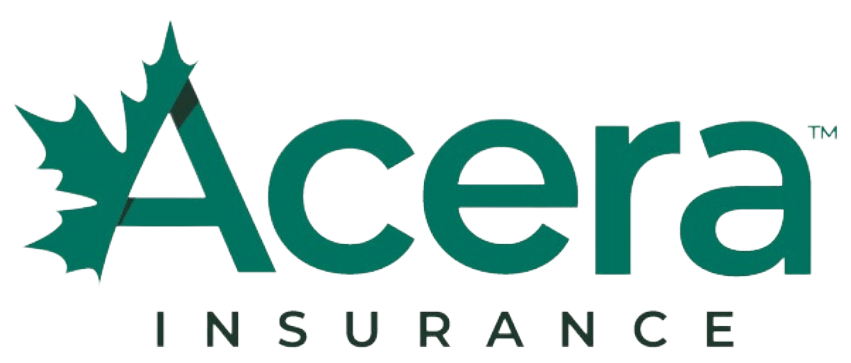
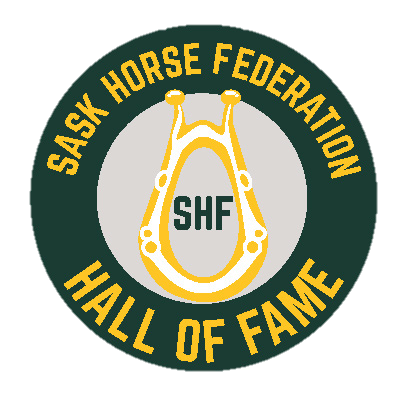
.png)
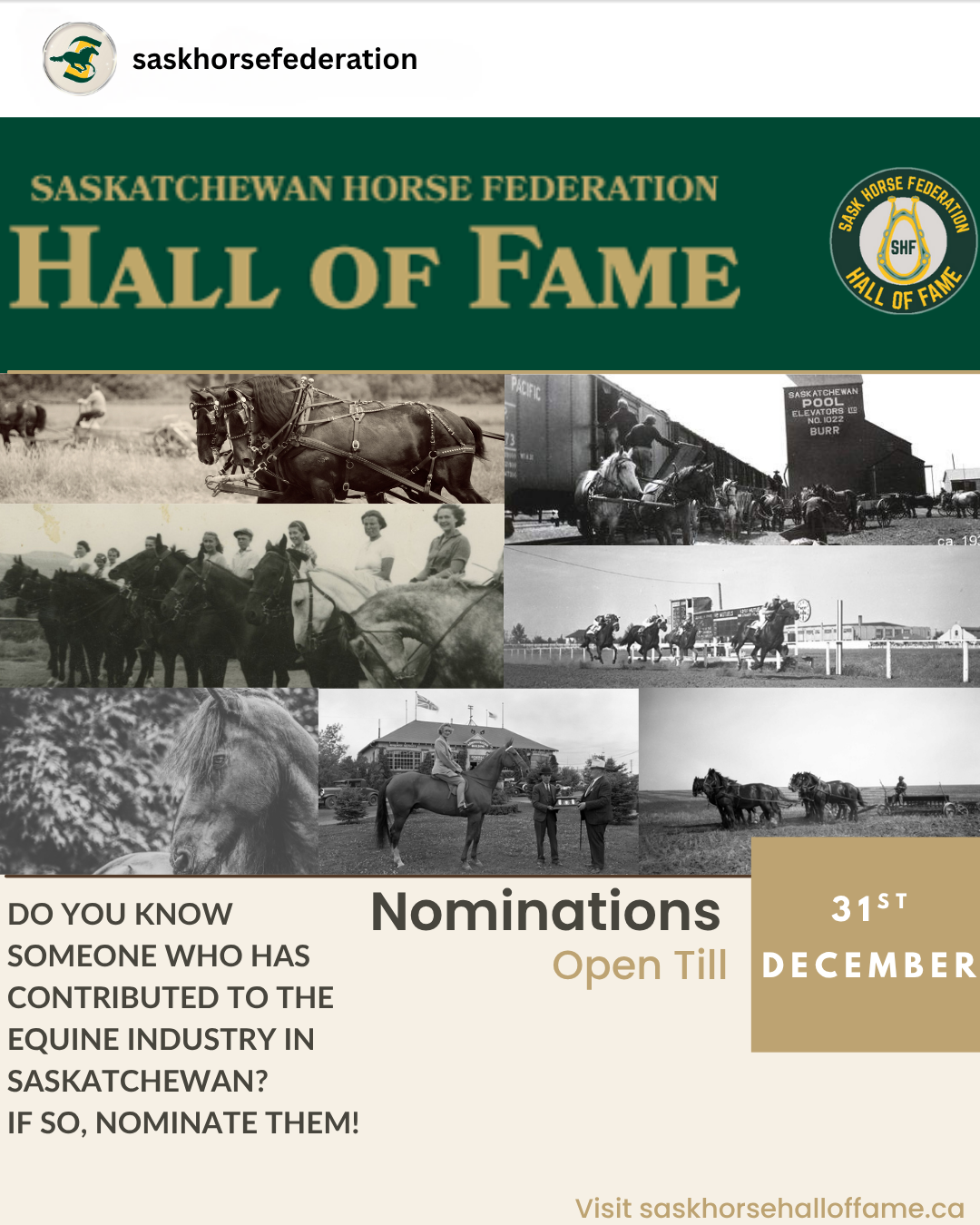

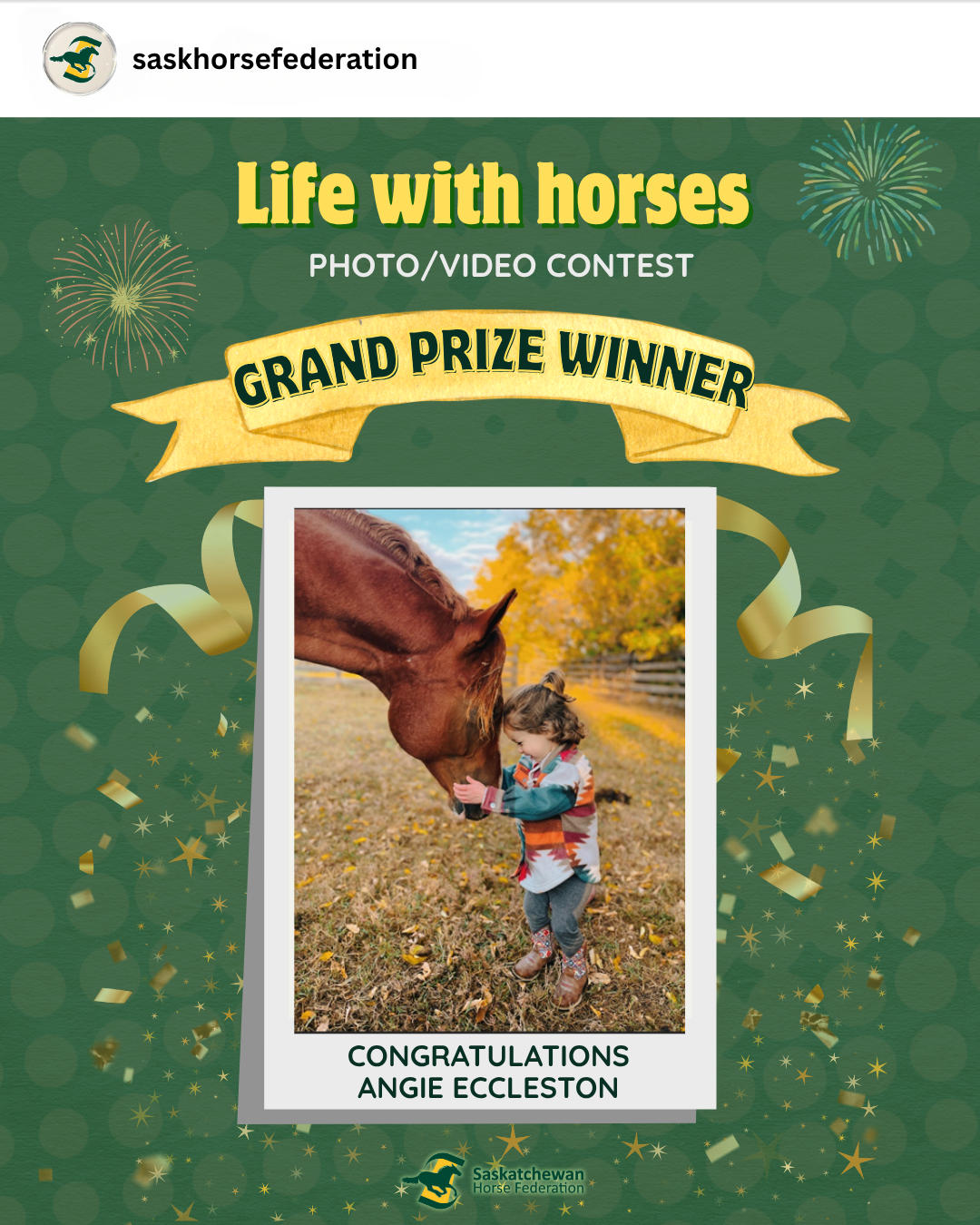
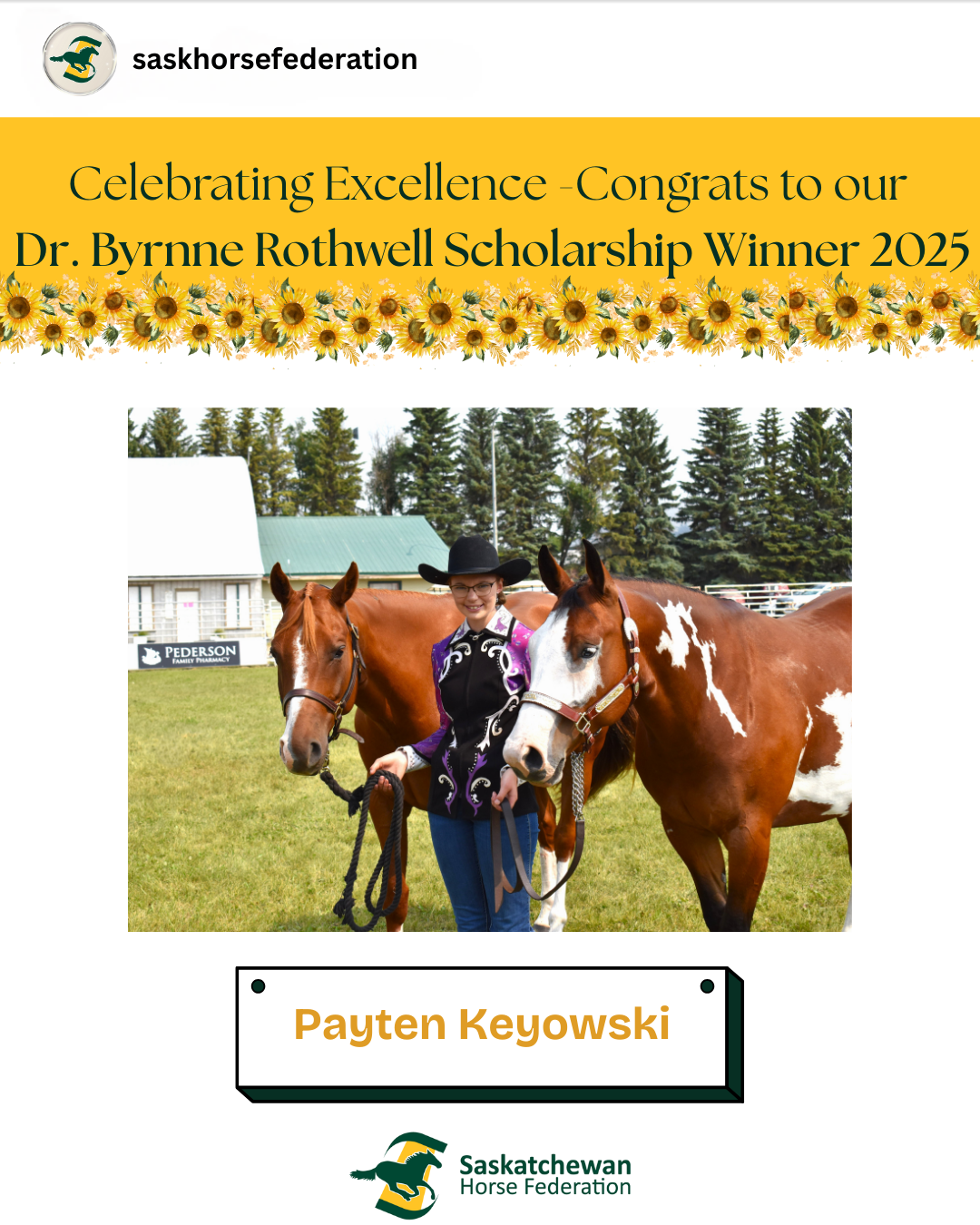
.png)